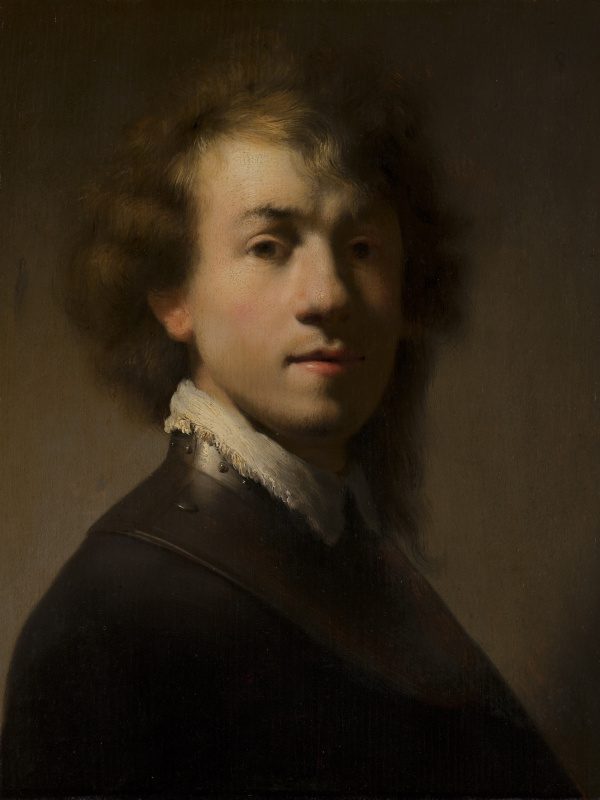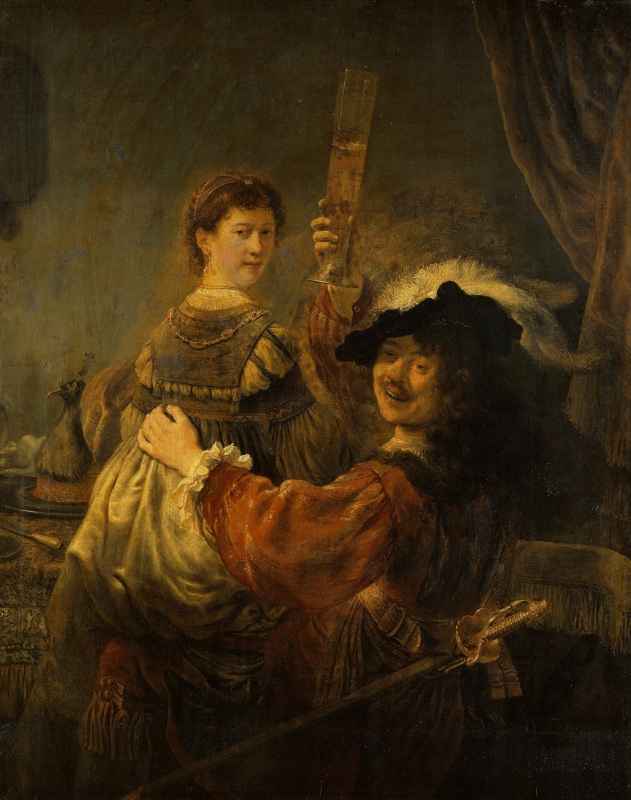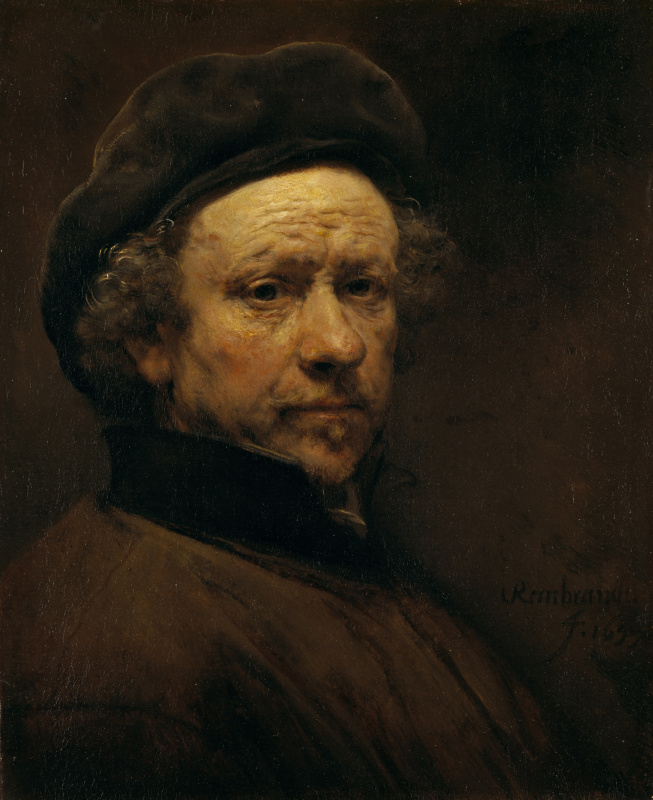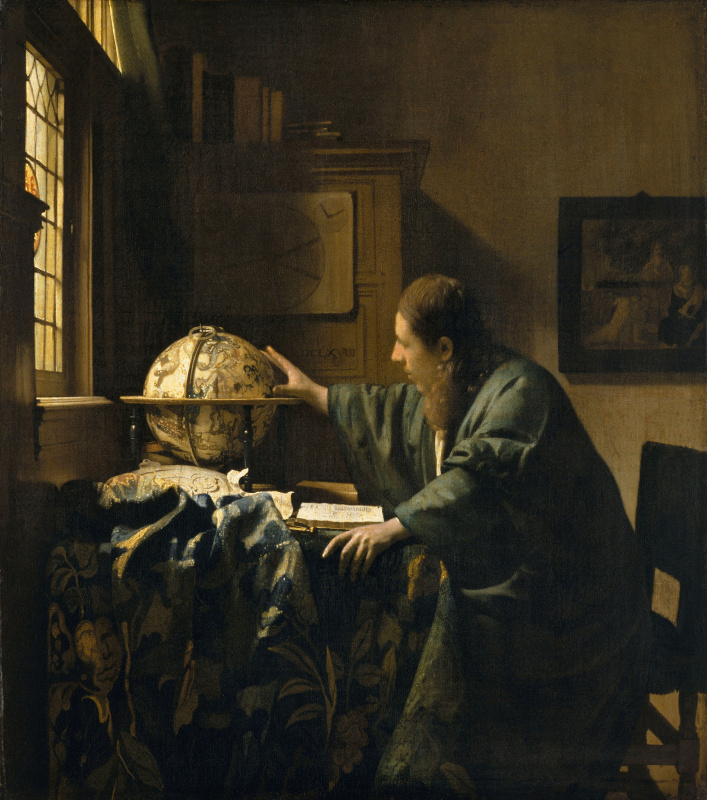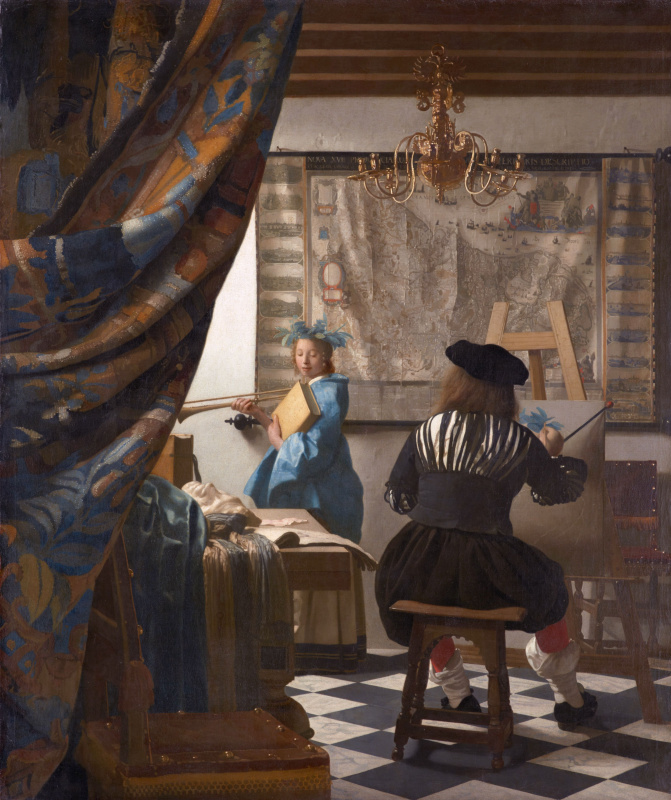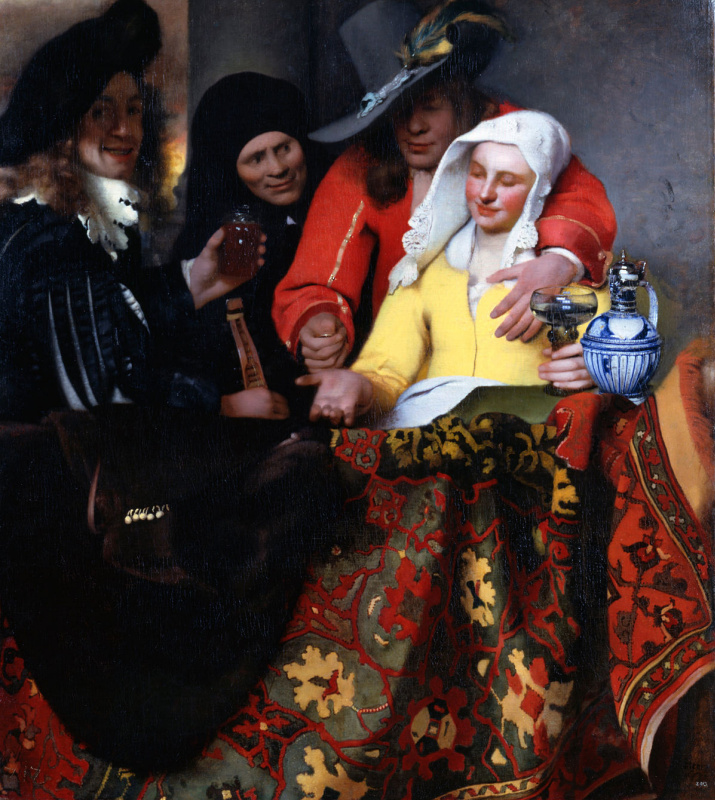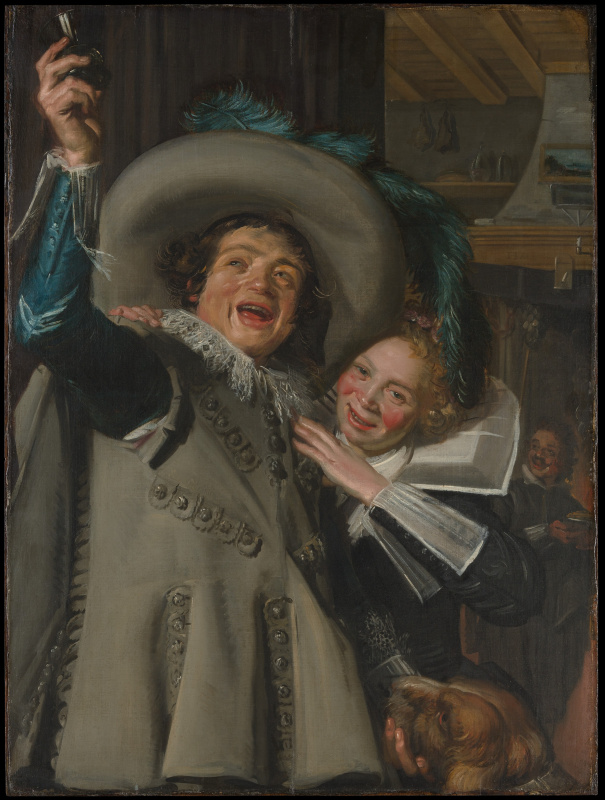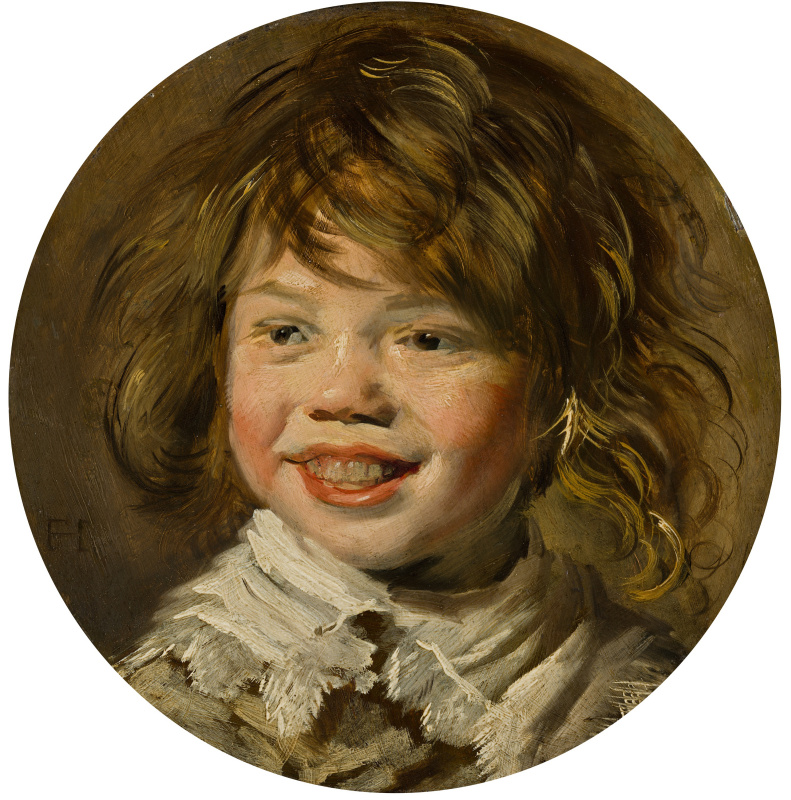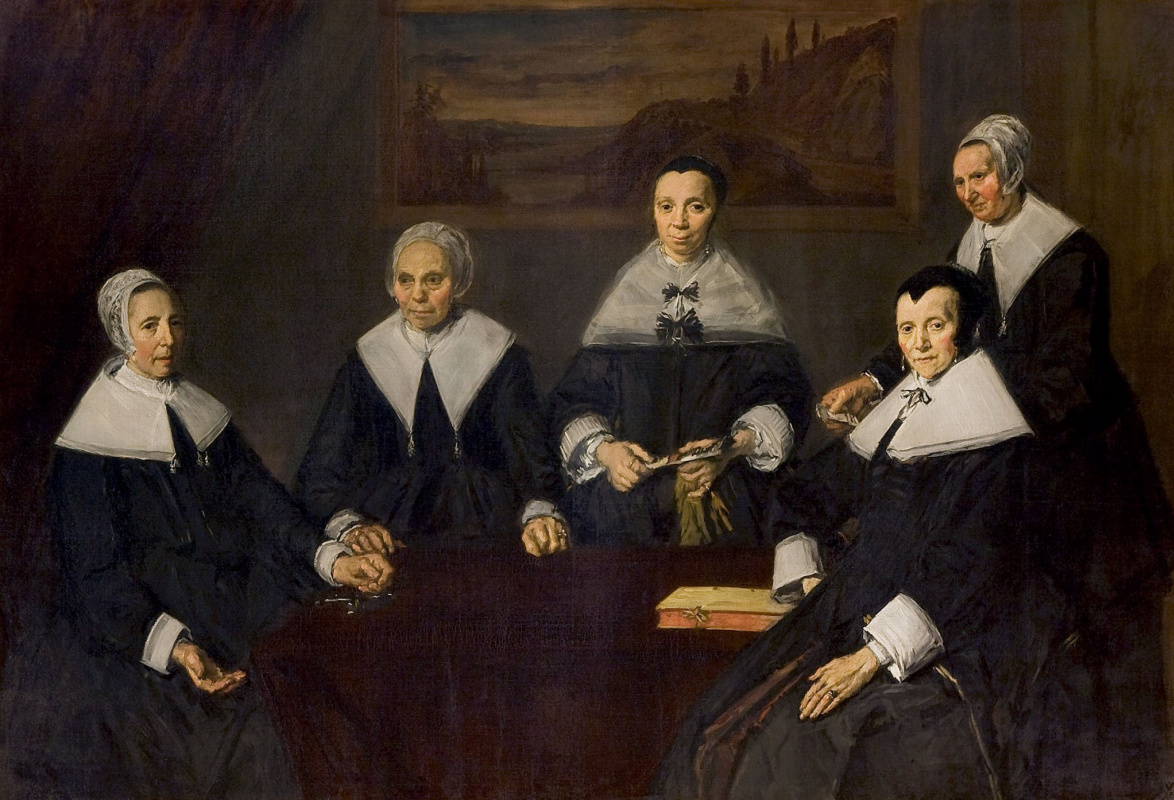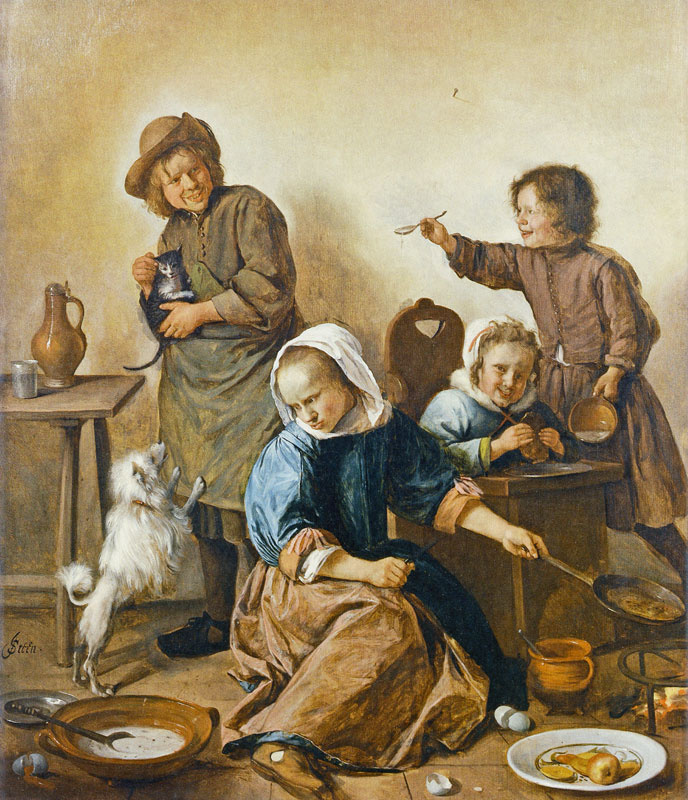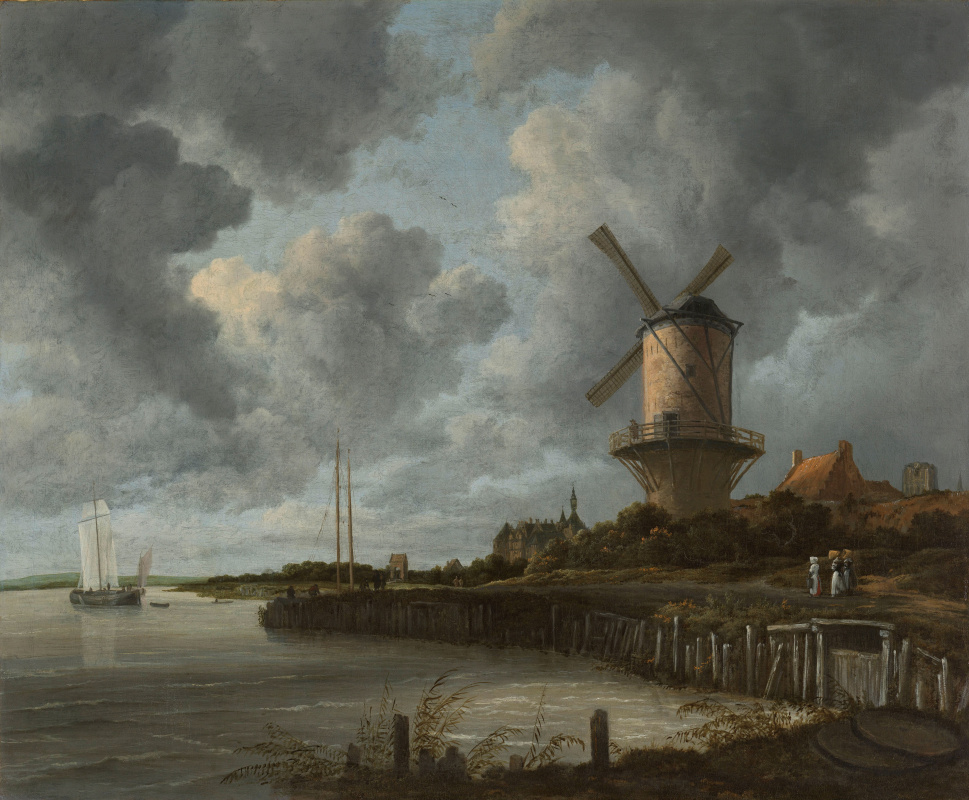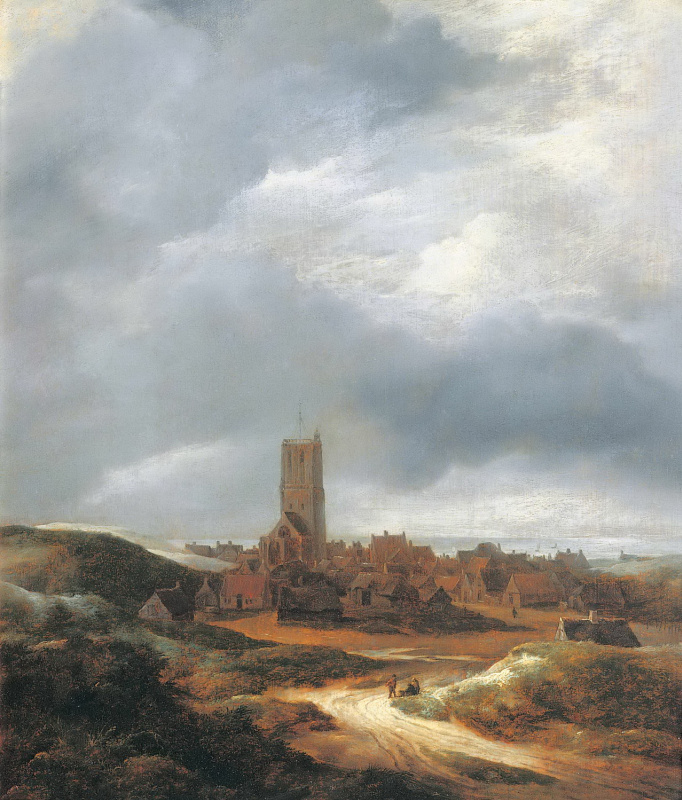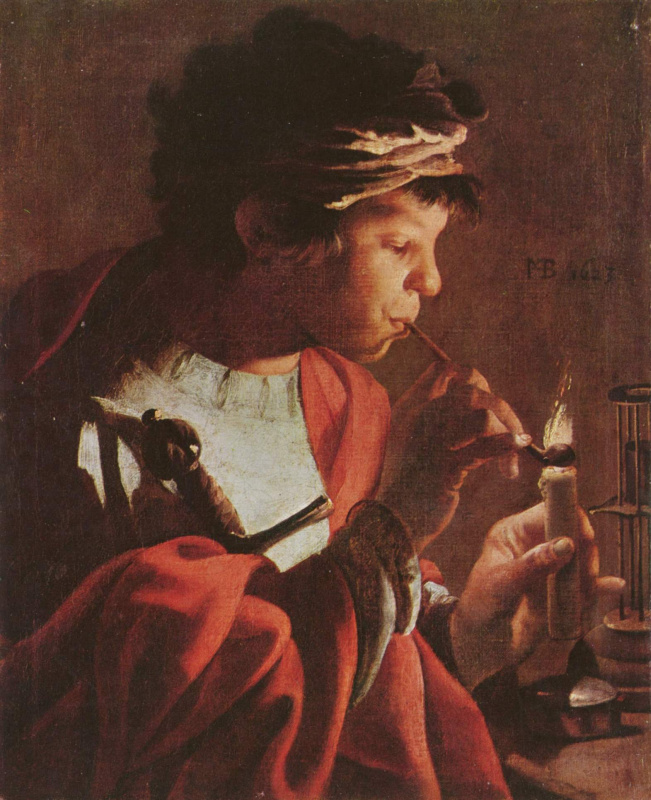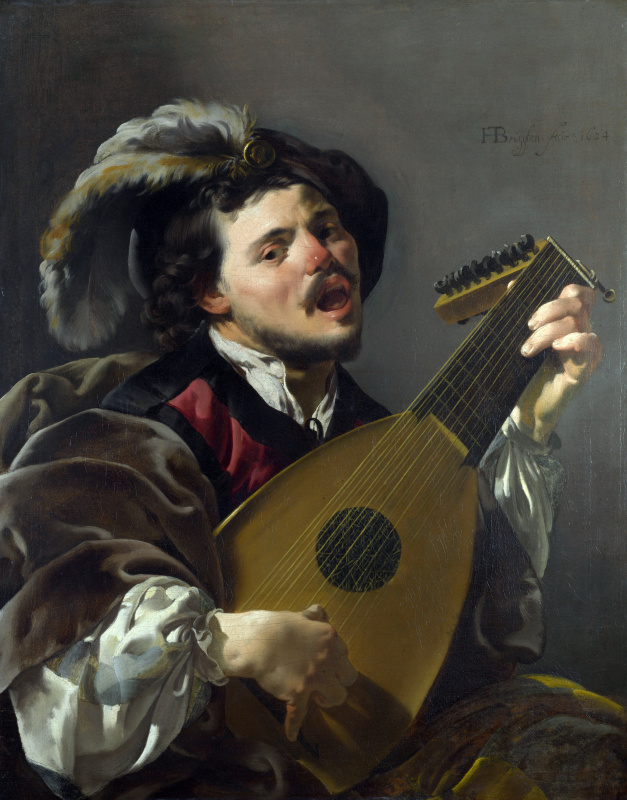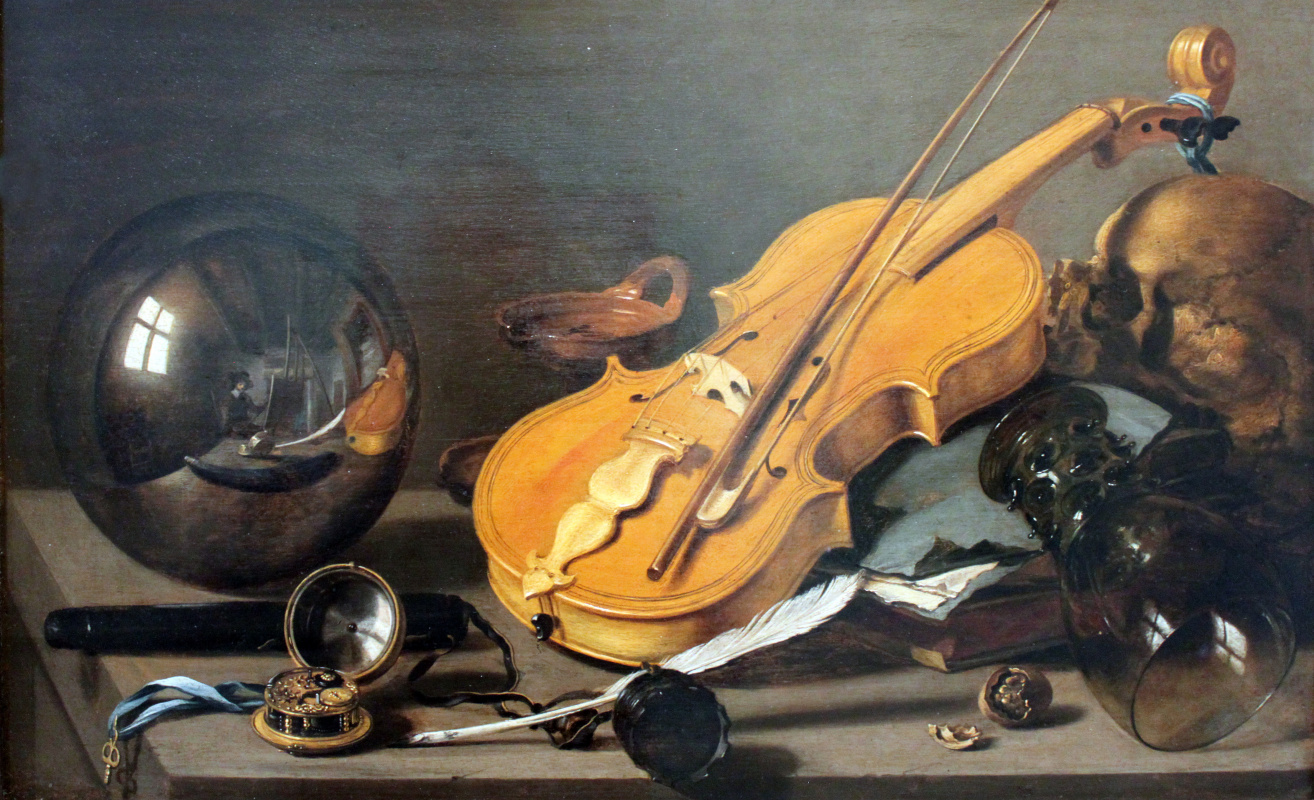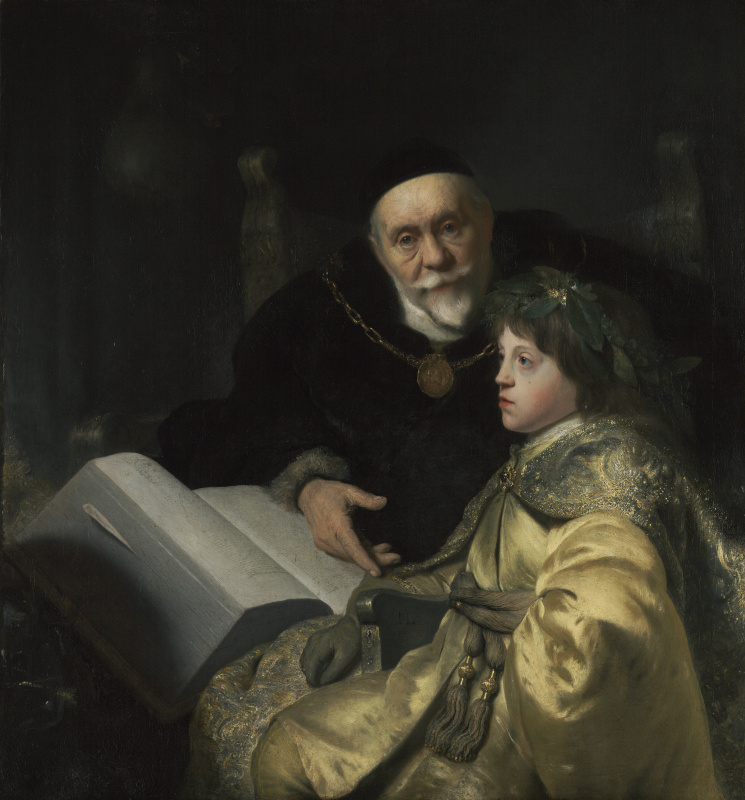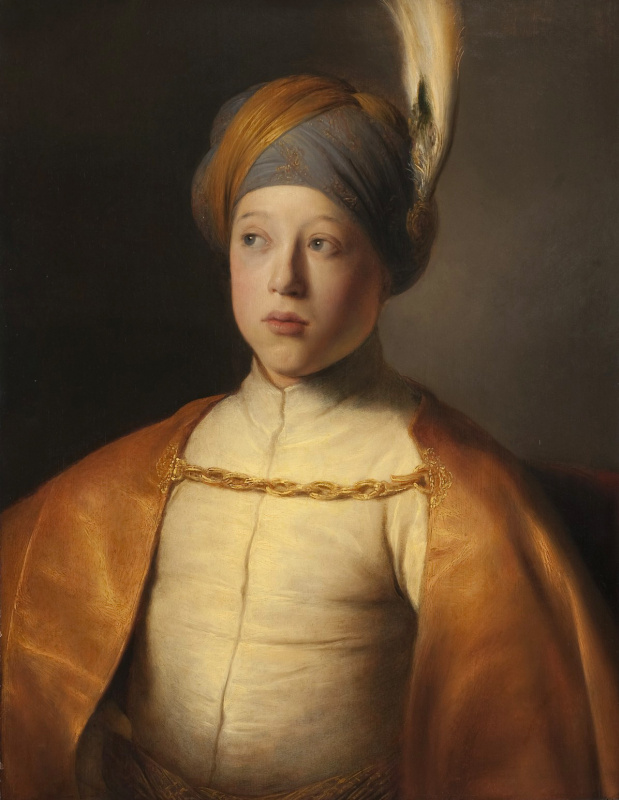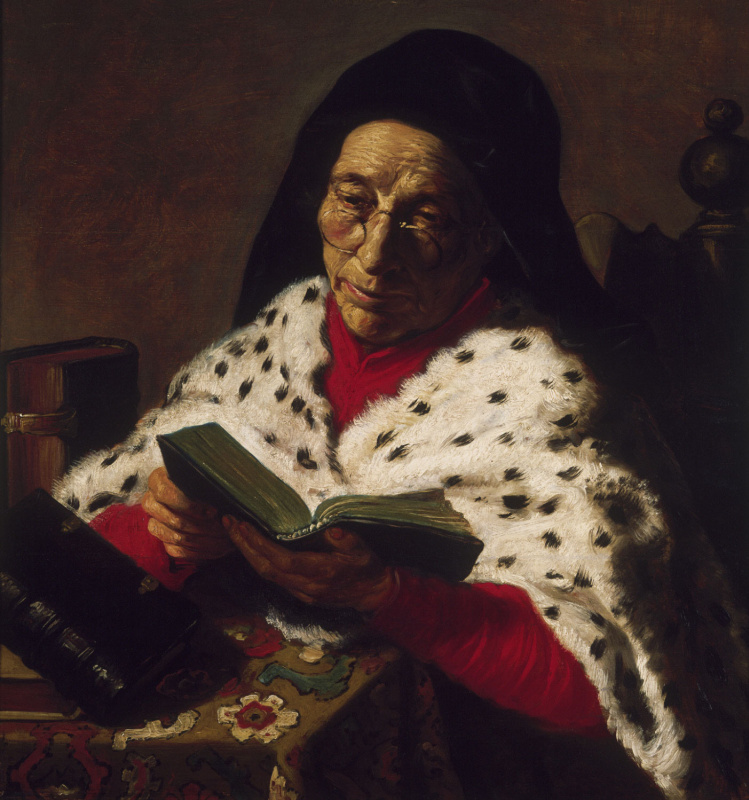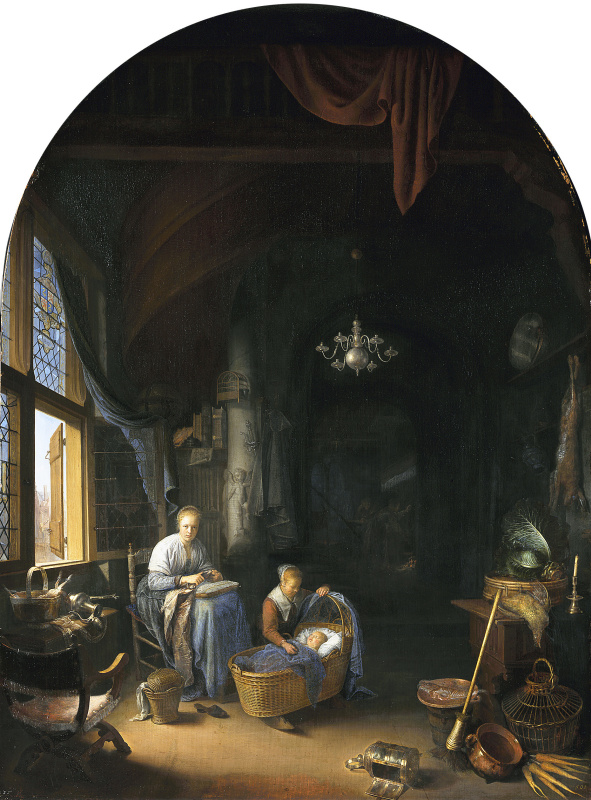In the Netherlands, over a thousand artists worked During the Golden Age (which actually lasted less than ninety years). They created countless masterpieces — the hard bitten Dutch people adored painting. Most of us know the names of such colossi as Rembrandt van Rijn and Jan Vermeer, but this art movement is much more than them. Discover ten most important Old Dutch Artists.
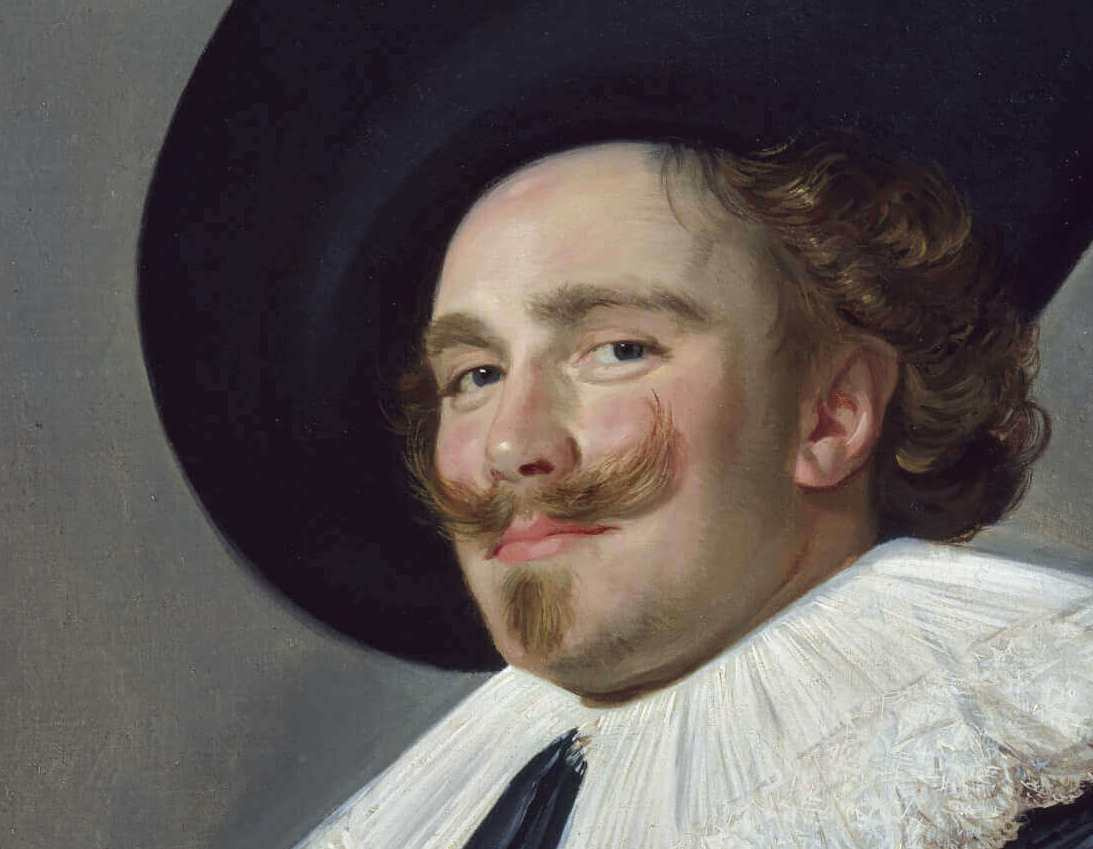
Rembrandt van Rijn (1606—1669)
Rembrandt was probably the greatest and most famous portrait painter ever. He was a master of observation, chiaroscuro and, perhaps most importantly, utter honesty. His most famous works, self-portraits, evidence to this fact. Historians and art historians offer multiple versions about how many of them we know. But regardless of their exact number, this stunning collection consists of about 45 paintings, 30 etchings, and seven drawings. Without any vanity, they display the destructive effect of time on the artist’s face and bring sadness if viewed in a row. Biblical scenes and etchings by Rembrandt are also magnificent, but these portraits are his legacy.Jan Vermeer (1632—1675)
Vermeer, who was almost unnoticed during his lifetime and forgotten after death, now occupies a special place among Old Masters. Like many other representatives of the Dutch Golden Age painting, he was fascinated by light and its subtle rendering on canvas. The most vivid example is his most famous work, Girl with a Pearl Earring. The play of light on various fabrics and a wonderful highlight on the decoration make the painting one of the masterpieces of Western art. Vermeer liked to paint windows. Using his new instrument, the camera obscura, which became available in the Netherlands in the mid-17th century, he captured light passing through windows in a new special way.Frans Hals (1580—1666)
Many great works would not have appeared if it were not for Frans Hals. He was a generation older than Rembrandt, although he had died only a few years before him. His painting style used to be freer than that of his predecessors. It brings a sense of life and movement to many his paintings, the most famous of which is perhaps The Laughing Cavalier. Simply put, without the art of Hals, portraiture would have followed a completely different path and not come, for example, to Lucien Freud.Jan Steen (1626—1679)
Genre painting was considered the third in the fine arts hierarchy, after historical and portrait painting. Jan Steen added humour to scenes that were traditionally sedate and balanced. He avoided romanticizing the life of peasants and townspeople, and thus he changed the composition forever, having brought chaos into it. It reflects the real disorganization of everyday life, as opposed to the glossy and lacquered images by early artists.Jacob Isaacsz van Ruisdael (1628—1682)
Jacob van Ruisdael was the most important landscape painter in the Netherlands in the 17th century. He gave a new dimension to landscape art by portraying nature as a metaphor for the darker aspects of human psychology. Before him, Dutch artists only used trees as decorative elements, whereas Ruisdael made them subjects of his paintings and endowed them with almost human personalities. Forests were his favourite subject, although he painted landscapes of almost all types — beaches, marine , snowy and urban views. Over the centuries, Ruisdael’s work has had a huge impact on landscape painters (such as Thomas Gainsborough and Gustave Courbet) and paved the way for the popular romantic style of the 18th century.Hendrick ter Brugghen (1588—1629)
Hendrick ter Brugghen introduced the influence of Caravaggio into Dutch painting. The Dutchman travelled to Italy to study the work of his revolutionary colleague while he was still alive. From there, to create a dramatic effect, ter Brugghen brought chiaroscuro to his homeland, the technique of the sharp contrast of light and shadow. Ter Bruggen was perhaps the most famous and influential among the "Utrecht caravaggists". His career lasted less than ten years, but these were crucial years for the development of Dutch painting. His paintings are believed to inspired the work of Jan Vermeer subsequently.Peter Claes (1597—1661)
Although still life was considered the "lowest" genre of painting, it had its own figures of authority. Peter Claes of Harlem is perhaps considered the most important of them. His compositions with a limited set of items are striking in their simplicity and spectacular atmosphere. The artist had the unique ability to add variety to his paintings using subtle nuances, selecting and arranging objects, conveying effects of light, reflections and textures. When the painter Willem Claesz Heda (1594—1680) began creating his still lifes with connotations in 1628, he turned to Claes’s work for themes, as well as compositional and stylistic solutions.Jan Lievens (1607—1674)
Jan Lievens was a friend and rival of Rembrandt, with whom he shared a studio for several years at the beginning of his career. Then collectors closely followed the work of the two artists, trying to predict the most successful of them. Both proved to be brilliant portrait painters. Although Rembrandt was an inclined to reflection virtuoso of psychological portraiture, the ambitious Lievens knew how to give the model the donfident look of "great and sublime". The talent to portray the ordinary people as spiritual and significant allowed the painter to make a successful career at the English court. But since he mainly worked abroad, he was forgotten for a long time.Gerrit Dow (1613—1675)
Gerrit Dow was the first student of 21-year-old Rembrandt. At a relatively early stage in his career, Dow already developed his detailed and subtle style, his own characteristic manner, different from that of his master. His paintings are distinguished by a smooth, enameled surface, which has become the standard for the entire Leiden school of fijnschilders ("fine artists"), of which he is considered to be the founder. His paintings were appreciated until the 19th century, when with the advent of impressionism, meticulous execution was recognized as soulless, and stylistic and thematic innovations unfashionable. Nowadays, art critics have completely rethought the artistic achievements of Dow and returned the artist to his honorable place in the galaxy of the Dutch Golden Age painters.
Pieter de Hooch (1629—1684)
Pieter de Hooch is especially known as an artist of interiors, complex spatial compositions and atmospheric light. These are also essential elements of Jan Vermeer’s style he was familiar with. It was de Hooch’s paintings that attracted the attention of connoisseurs to the works of Vermeer in the 20th century. The relationship between the two artists is still unclear. Previously, it was believed that Vermeer influenced de Hooch, but now art critics tend to believe that the opposite was the case. After the death of the former, his paintings were often signed by the latter in order to raise their value. An example is The Art of Painting, now kept in the Kunsthistorisches Museum in Vienna.The list of artists of the Dutch Golden Age is not limited to just this ten. Pillars such as Jan van Eyck, Rogier van der Weyden, Hieronymus Bosch, Pieter Bruegel the Elder and Lucas van Leiden were only not included because they worked before the beginning of this period. But the list would not be complete without artists like Carel Fabritius, Rachel Ruysch, Dirck van Baburen and others. We will talk about them in our subsequent publications.







